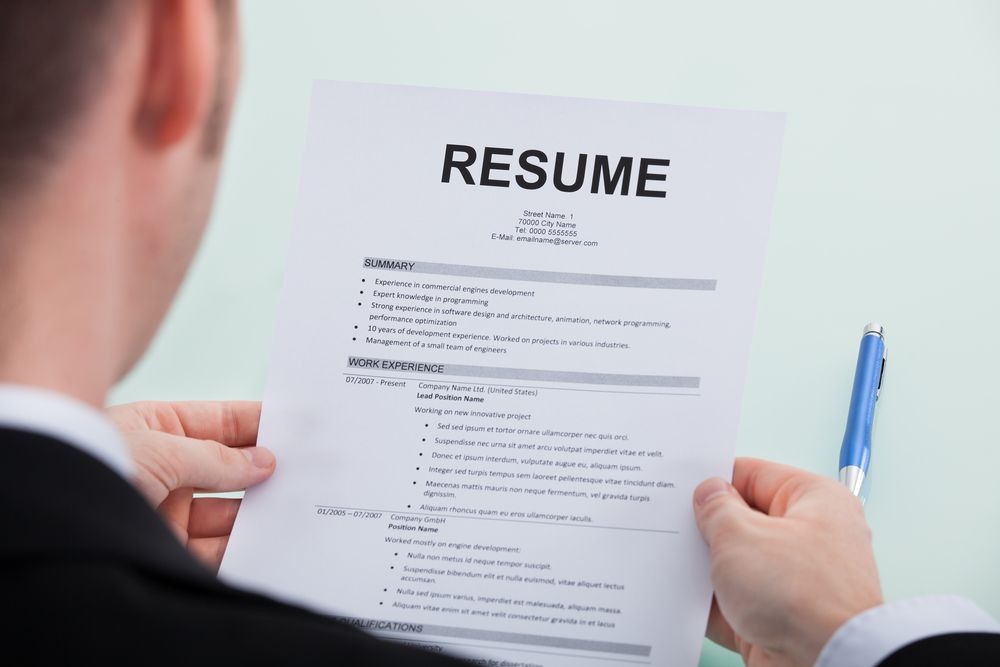At this time of year, many people think of the possibility of looking for a new professional challenge. For some this will mean leaving their current role. So if you too aspire to find a new job, here are some tips to update quickly and at best your CV …
1. Customize the CV
In all likelihood your CV has not been updated for years and is probably still based on your latest work experience. From that moment, however, your skills, your experience and even your aspirations will be changed, and therefore the information to be highlighted in your CV must be changed. Take the time to customize and update your CV like this …
Your personal description
This part of the CV should briefly express your professional career, what were the most important moments and what your expectations for the future are. The text should be different from the one entered last time, as this section should always be kept up to date.
Your experience
Some of your previous professional experiences may not be too relevant to the type of role you are currently aspiring to. For example, you may have occupied too much space in your CV to illustrate a youthful work done many years ago. Since then you will surely have other and more interesting experiences to illustrate. Therefore, remove all the information that seems superfluous to you and for the less important professional experiences it only indicates the company name, the role you have played and the time period.
Your skills
What skills have you acquired since you last edited your CV? Think about all the training courses you have followed, the other ways you have developed more knowledge or responsibility. And add everything to your CV, reminding you to highlight any examples of projects carried out and awards received.
Keyword
Finally, identify key words related to the professional role you are aspiring to, such as “team management”, “project management” or “data analyst”. Make sure that they are included in your CV along with your work history. The way in which recruiters search for a curriculum has changed, now algorithms are used that allow selecting a few well-targeted CVs for a given role. By including specific keywords in your Resume, you can increase the chances of it appearing in the first search shortlist.
2. Avoid clichés
Although a well-structured CV may appear among the first results in the search for a recruiter, it may however be discarded due to a content full of clichés with an obvious lack of consistency. For example, if you claim to be a person with a “strong team spirit” or with “an excellent ability to manage people”, be sure to confirm it with examples.
In addition, use active verbs throughout your CV to demonstrate the evidence of your achievements. For example, if you claim to be “motivated” to work in a team, also enter an example that demonstrates this and illustrates the results obtained.
3. Correct
Finally, make sure that the contact details, locations and links included in your professional information are up to date. Then carefully review your CV, correct any grammatical, formatting or structure errors.
To conclude, if you want to have a competitive advantage over the other candidates and get the job you are looking for 2019, it is good that your CV is best arranged. It would be good to repeat this process several times in the course of a calendar year, rather than settling it only in the process of having to change jobs. As my colleague said, it is a good exercise to keep your CV updated on an ongoing basis, as skills and professional skills are constantly evolving. “After all, we check our car a lot more than once a year, so why not also have regard to our CV and our online profiles?”






